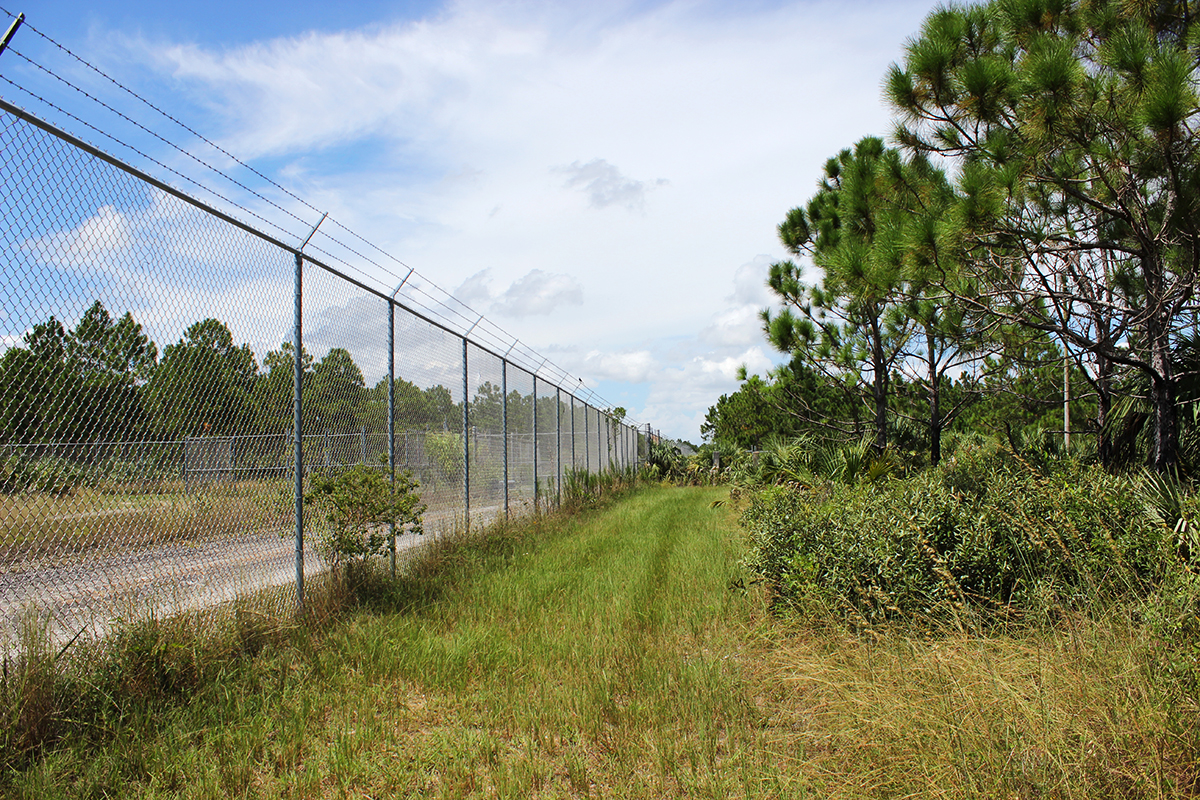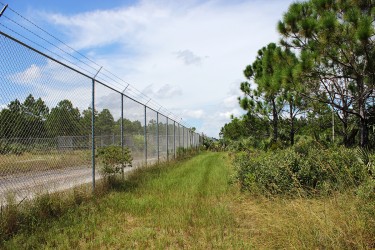

While students were away for the summer, the University of Miami sold 88 acres of one of Florida’s rarest ecosystems to Ram Realty Services (Ram), a developer that plans to turn the land into chain stores and apartment buildings. The land is located in UM’s south campus next to Zoo Miami.
The piece of land, which totals 136 acres, is home to the federally endangered Florida bonneted bat and the soon to be listed Bartram’s scrub-hairstreak butterfly. The south campus contains a pine rockland ecosystem which is only found in Florida and the Bahamas.
“It is the most floristically diverse environment in South Florida,” said Roger Hammer, who was the senior naturalist for the Miami-Dade Parks Department for 33 years.
The amount of rockland has, however, decreased drastically in the last century. Though there once was more than 186,000 acres in Miami-Dade County, today there are less than 5,000.
UM was first granted limited use of 150 acres of former Naval Air Station land, which was predominantly pine rockland habitat, by the federal government in 1949. In 1981, the university purchased full use of the land under the stipulation that it would be used for educational purposes until 2011. The south campus was never used heavily as it housed some research projects and a primate research center.
Although 88 acres have already been sold to Ram, the developer stipulated that 40 of the acres sold be set aside as a Natural Forest Community.
The developer is also attempting to minimize damage to the ecosystem. Ram is currently working with the Florida Fish and Wildlife Service to determine a course of action for the protection of the endangered species that inhabit this rockland.
“We will take no action that disturbs the natural environment before resolving the Florida Fish and Wildlife Service’s concerns,” Ram said in an online statement.
Hammer is skeptical of the developer’s intentions to preserve the habitat and thinks Ram is looking for approval to build.
“I’ve seen it so many times. They say a lot of stuff upfront and then they back off,” he said. “Whatever they say, take it with a grain of salt.”
Students like sophomore Zac Cosner are taking action. He created a Facebook page called “Save Our Pinelands” to bring attention to the sale of the land.
“Students need to call upon the institution to live up to the values it claims to abide by,” he said.
Other students are questioning what could possibly prompt the university to sell such an ecologically sensitive area to developers that plan to turn it into big-name chains like Walmart and L.A. Fitness.
“I’d like to believe that whoever is responsible at UM did not understand the ecological importance of the land before they made the sale,” said Alissa Farina, an alumna who graduated in spring 2014 with degrees in ecosystem science and policy and economics.
Though the university did not disclose who was involved in the sale, Margot Winick, university spokesperson, said that the development decision was discussed at eight separate public hearings.
“The university has always been committed to the protection and preservation of our community’s natural and historic resources,” she said.
Junior Miranda Goot, an ecosystem science and policy and management science major, could not believe that students were not made aware until after the sale was made.
“I was surprised that as UM students we hadn’t heard anything about it prior to the sale,” she said. “I think it’s not unreasonable to expect the university to ask for feedback from students and faculty.”
Aside from the endangered species, the rocklands habitat is further complicated by its ecological maintenance. Rocklands must burn periodically to clear out hardwood trees and exotic plants that could compete with the pines, according to the National Park Service’s website.
Hammer questioned the upkeep of the preserved 40-acre land may be difficult with apartments and stores next door.
If the rocklands are not exposed to fire, the pines would eventually die off and become replaced by hardwood trees morphing the ecosystem to a hardwood hammock, which does not support the same organisms.
This is not the first time the university has thought of developing the land on the south campus. In 2006, President Donna E. Shalala spoke to the Student Government Senate about the university’s plans to develop the land into an academic village.
Shalala took into account the land’s ecosystems in this discussion.
“You can be sure we are going to be hyper-sensitive to the environment,” she said at the senate meeting, which took place on Oct. 4, 2006.
Those plans, however, fell through leaving the pine rockland intact until now.
Hammer calls on the support of students and community members to protect the few remaining pine rocklands.





